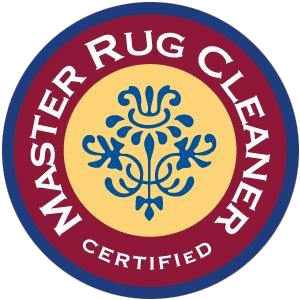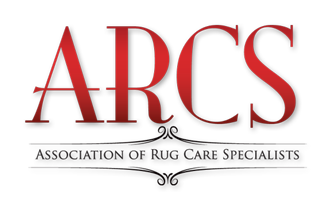Why is the indoor environment important to our health? Most people are aware that outdoor air pollution can damage their health but may not know that indoor air pollution can also have significant effects. EPA studies of human exposure to air pollutants indicate that indoor air levels of many pollutants may be 2-5 times, and occasionally, more than 100 times higher than outdoor levels. These levels of indoor air pollutants are of particular concern because it is estimated that most people spend as much as 90% of their time indoors.
The following are ten suggestions professional cleaners can make for immediate improvement of their clients’ indoor environmental quality (IEQ):
- Keep Walkway and Entries Clean - Start by keeping outside sidewalks, entry areas, porches, and steps clean. Sweep, dust, vacuum, or use a leaf blower to remove soil and debris from entries to eliminate tracking into the facility.
- Use Mats to Trap Soil at Entries - Outside and interior mats to trap and contain particles and moisture should be placed at each entry. This not only extends the life of the carpet, it greatly reduces the quantity of particles that enter and builds up within traffic areas, eventually becoming airborne.
- Clean Shoes at Entries - Studies conducted by professional engineers on carpet dust samples indicate that fine particles containing lead are reduced by cleaning or removing and leaving shoes at the entry.
- Purchase and Use High-Quality Vacuum Equipment - A quality, durable upright vacuum with brush agitation is a must. Price is not as important as quality here. Check trade or consumer magazines and expect salespersons to provide technically accurate information. Avoid door-to-door sales tactics. Also check the Carpet and Rug Institute’s list of vacuums that have passed the Green Label Program at: www.cri-rug.com.
- Use High-Efficiency Vacuum Filter Bag - The use of high-efficiency (HEPA-type) double-lined vacuum filter bags that filter out 99% of particles down to one micron or less in size is highly recommended. Avoid cheap paper filter bags that remove particles down to seven microns only. Small particles that pass easily through paper filter bags are a major source of respiratory irritation, as well as household dust.
- Vacuum Frequency - Advise customers or janitorial staff to increase the frequency of vacuuming before soils sift downward and become embedded in the carpet pile. Vacuuming should be done more slowly in entry areas where most particle soils accumulate. Traffic areas should be slowly passed over two or three times. Periodic use of vacuum unit attachments or a canister vacuum to remove accumulated soil from entries and along baseboards is also recommended.
- HVAC Filters - Use quality reusable electrostatic filters for HVAC systems. These filters have acrylic rods that vibrate and create static electricity that charges soil particles, thereby attracting them to the filter. Anticipate a cost of $50-100 for quality filters. These filters should be removed and flushed free of collected soils every month.
- Clean the Carpet - Professional cleaning compounds lift and suspend fine particles of soil. Then, careful extraction using hot water flushes them from carpet fibers. Specify a cleaning technician who is trained and certified by the Institute of Inspection, Cleaning and Restoration Certification (IICRC) (800 835-4624).
Clean Other Soft Surfaces - Clean upholstery, drapery, bedding, and other fabric surfaces; wash linens weekly. The objective of professional cleaning is to remove the maximum amount of soil (anything foreign to the construction of the fiber) with the least damage to the fiber. Most soil is slightly acidic. Soil falls into three classifications which may require special chemicals or procedures to remove:
1. insoluble (particle) - sand, quartz, feldspar, limestone, gypsum, clay, and carbon
-hair and dander
-vegetable matter (cellulose)
2. water-soluble - sugar, starch, salt, etc.
3. dry solvent-soluble - oils, grease, etc.
- Control moisture and humidity - Dust mites and mold are the two most common allergens present in higher-humidity climates. According to studies conducted at Wright State University, dust mite infestation will be eliminated if the relative humidity of the building, not just a particular area, is consistently maintained below 50 percent
Molds, which are classified as fungi, require humidity of 70 percent or higher and a food source of organic-based material to grow. Cooler surfaces, which may have a relative humidity near 100%, create a perfect breeding area for mold. By reducing and maintaining the relative humidity of a structure below 50 percent, both dust mite infestation and mold growth will be prevented.
Ten steps to a cleaner, safer environment - a small investment for such a big return in indoor environmental quality.




